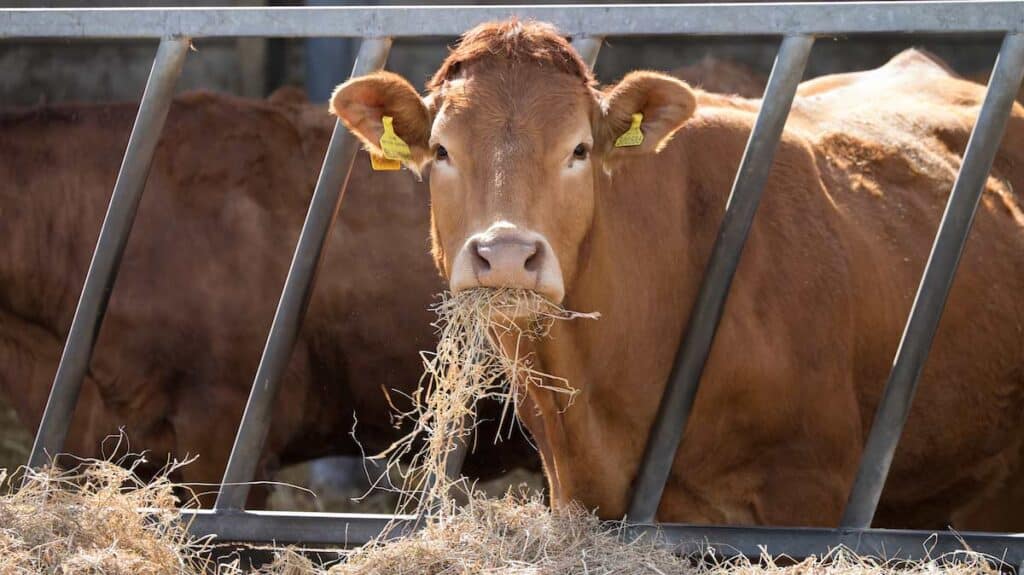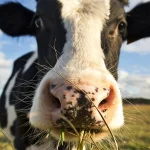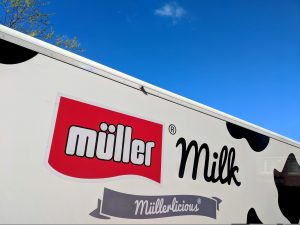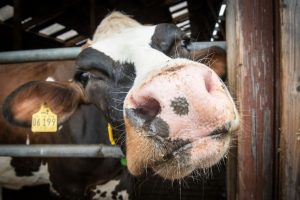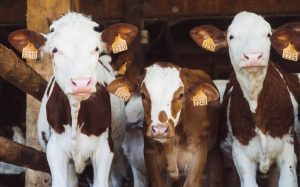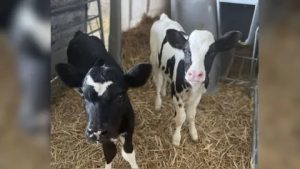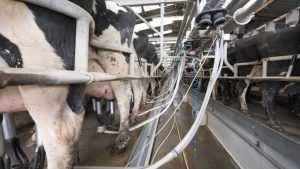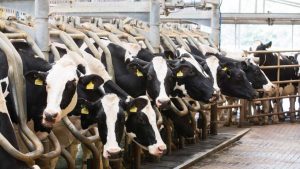
The UK cattle breeding herd, both dairy and beef, was reported at 3.24 million head by the June 2023 census, released as this issue of Farmers Weekly was about to go to press.
This was 1.9% down on the same point the previous year. The suckler herd shrank 3.8% to 1.4 million head, while the dairy herd was stable, at 1.8 million head.
Despite higher beef prices, inflationary pressure on costs, together with reducing farm support, is likely to cause beef cow numbers to continue falling, according to Andersons consultants Charlotte Dun and Ben Burton.
Beef market summary
- Gradual reductions in the breeding herd (dairy and beef) are expected to continue
- Short-term supply appears stable as use of sexed semen means more beef calves from the dairy herd
- Recent prices have been well above the long-term average, but falling Irish cattle prices could put pressure on UK values in 2024
- Feed and fertiliser costs have eased, however, many overhead costs remain high
- Producers will need to get to grips with carbon accounting and improving production emission levels
With regard to the dairy herd, low milk prices in the year ahead are likely to put pressure on cow numbers in the short term, with rising milk yields keeping the pressure on in the longer term.
This could mean the dairy herd continues its decline, albeit at a slower rate than that of the suckler herd.
Despite the reductions in the breeding herd, UK beef production has remained relatively stable as the use of sexed semen in the dairy herd means many more beef calves are being born from dairy dams.
In addition, milk buyer policies preventing the euthanising of dairy bull calves has meant more dairy bulls being reared and entering the beef supply chain.
Prices above historic average
GB deadweight cattle prices reached record levels in May and June this year at more than 490p/kg and, after slipping back, stepped up again to about 480p/kg, keeping 2023 well above historic averages.
With cost-of-production rises and falling farm support, producers will hope these prices are the new normal.
There is rising awareness among the major retailers, which have to date demonstrated a good degree of loyalty towards UK-produced beef, of the longer term risks to supply.
More initiatives are appearing aimed at securing supplies of beef-cross calves from the dairy herd.
With the large-scale use of artificial insemination in the dairy herd, compared with predominantly natural service in the suckler sector, this can result in a more consistent product, faster genetic improvement in areas such as feed conversion and daily liveweight gain, and reduced carbon emissions.
Looking ahead in the short term to 2024, the main headwinds appear to be continued weaker domestic demand due to the rising costs of living. This picture is similar on the Continent, with consumers reducing their spending.
Price caution
Ireland is a major exporter of beef into the UK and Europe.
Irish cattle prices have fallen significantly of late due to weaker demand and this could put pressure on UK prices in the year ahead, so we would issue a note of caution about a return to the record prices seen in the second quarter of 2023.
On the cost side, 2024 should see some easing in feed prices compared with 2023 and, while fertiliser is not as significant an input as in the arable and dairy sectors, a return to more normal price levels will be welcomed.
However, many overhead cost rises are now baked in or continue to increase, with labour, machinery and fuel costs the most notable.
Cattle enterprises can tie up a lot of working capital, with the amount required to run a typical beef business having increased markedly over the past couple of years.
Stock values, along with variable and fixed costs, have increased and rising interest rates will be a further addition to the costs of production for many farmers.
Beef benefits
Longer term, beef producers will need to explain to consumers why beef is not only great quality, but also plays a key role in improving soil health, water quality, biodiversity and even human health.
Retailers are also starting to show interest in the carbon footprint of supplies.
Producers will have to get to grips with carbon accounting as it evolves and how the emissions of production might be improved.
Recent audits have shown strong correlations between efficiency in beef finishing units and low carbon scores.
Finishing units with high herd health status, low finishing ages and efficient forage and feed use produce lower greenhouse gas emissions.
In the future, there will need to be a greater focus on detailed performance of stock; understanding growth rates, genetics and forage use will all help contribute to gains being made in profitability and carbon performance.
